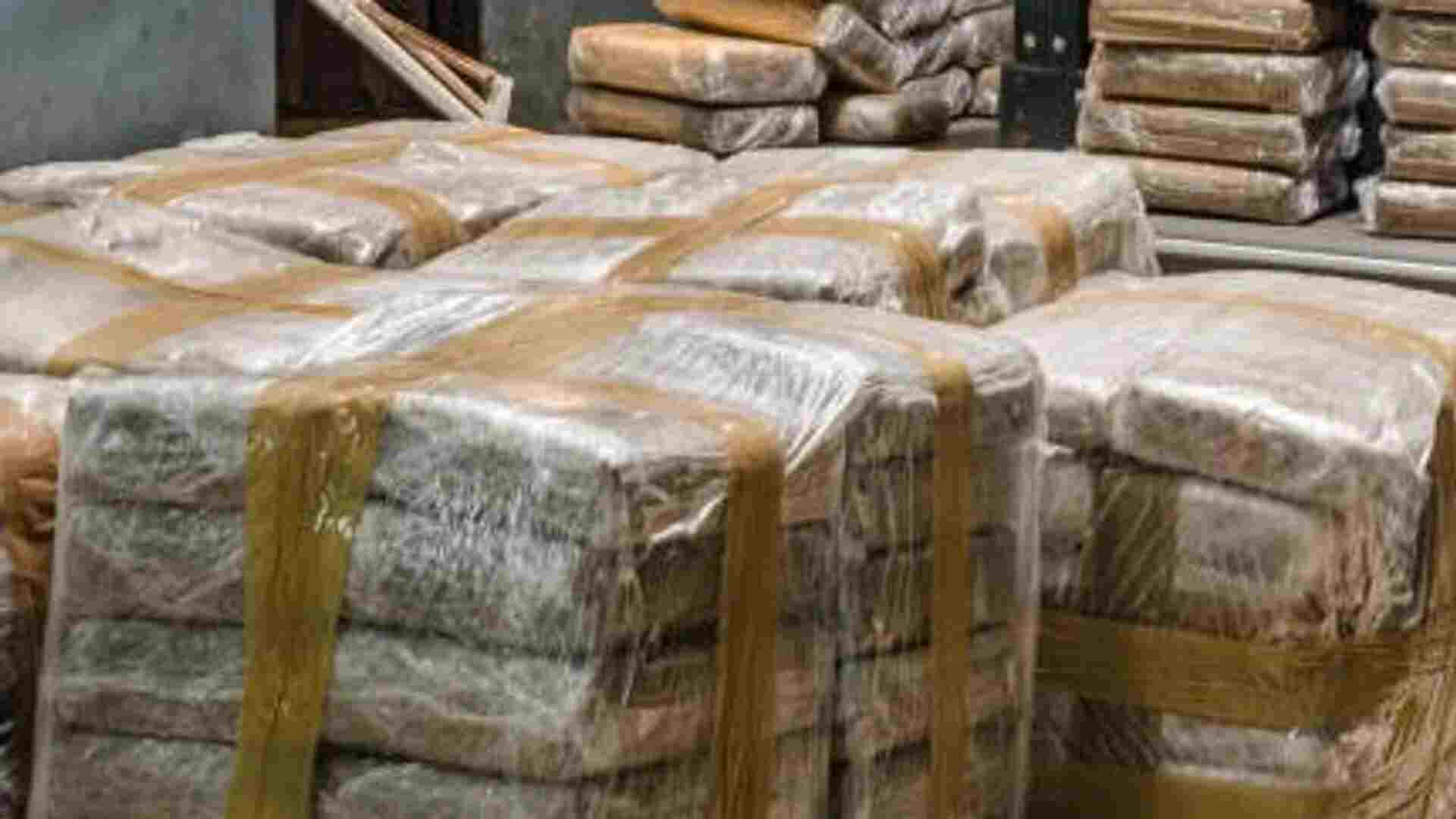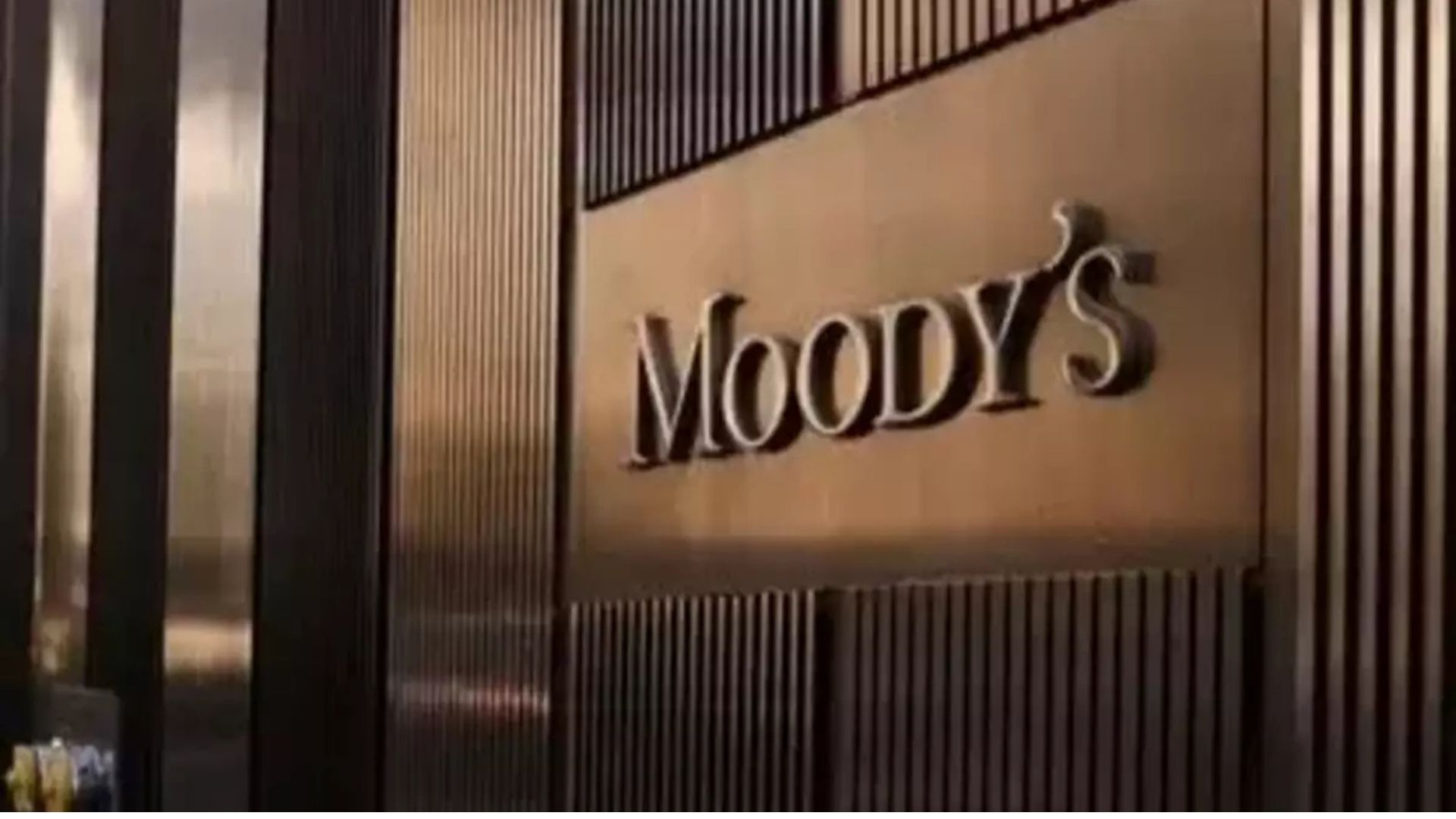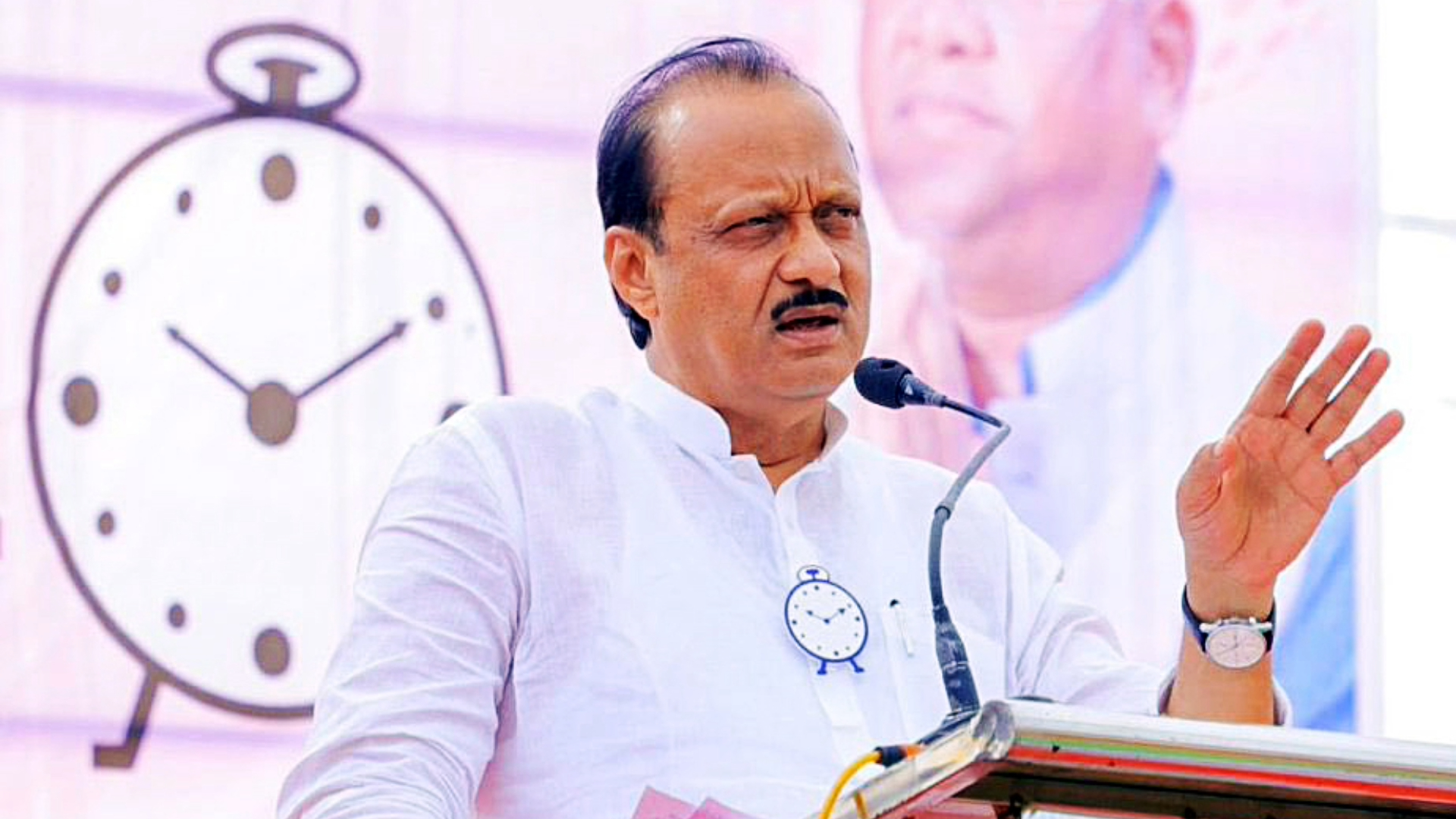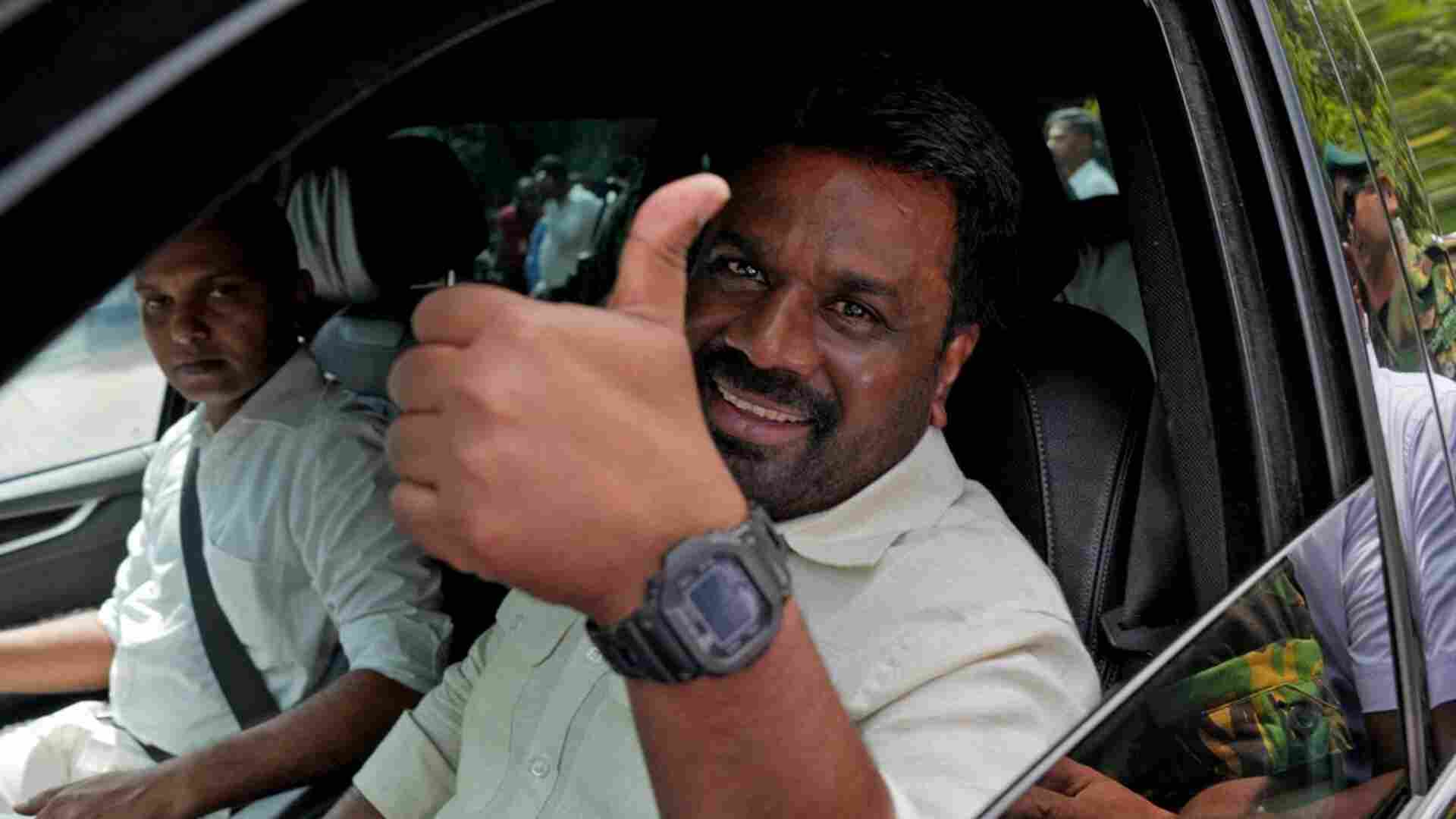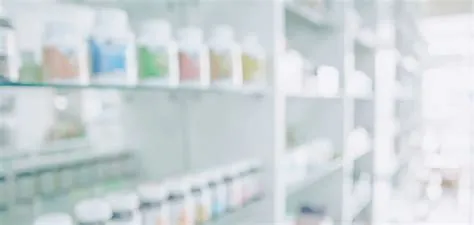
We have witnessed recent incidents around children in Gambia and Uzbekistan losing their lives after consuming Indian-made cough syrup. There have been complaints from the US of sub-standard eye drops resulting in the loss of eye sight of some of its citizens, again made by one of our factories. Such manufacturers sell their medicines for Indian patients as well.
Although the government of India has acted against these manufacturers, the response has come too late.
Pharma regulator, Central Drugs Standard Control Organisation (CDSCO), under Directorate General of Health Services, Ministry of Health & Family Welfare, publishes monthly alerts on the percentage of drugs which do not contain ingredients as per label claim. These drugs, called “Not of Standard Quality” or “NSQ,” are drawn from samples taken by CDSCO inspectors and tested in government labs.
Looking at the data from the last six months, the number of NSQ’s has gone up every month – from over 3% in August 2022 to over 5% in January 2023. Recent NSQ’s have also included an invasive life saving medical device for heart treatment.
Manufacturers of these NSQ drugs and devices have come many states with the maximum from Himachal Pradesh’s Baddi industrial area. According to recent media reports, some companies will lose their licence, action is being initiated against many companies. Seventy of these companies are from Himachal Pradesh and 45 are from Uttrakhand. It is interesting to note that the headquarters of the Drug Controller of Himachal Pradesh and his team is right in Baddi. All the flagged companies are at stone’s throw from his office.
We are also concerned about spurious or fake drugs in the same context. The magnitude of this problem is difficult to assess but far more than NSQ’s. Spurious drugs are those where the identity of the product is concealed and made to look like that of a high brand value product. These may or may not contain the ingredients mentioned on the label.
Most drugs sold in the black market consist of popular brands or of those that are very expensive. Spurious or fake drugs are also NSQ with only difference being that they are produced by unscrupulous elements and sold through rogue retailers without revealing the name of manufacturer. If caught, the regulator targets the genuine manufacturer whose name appears on the (fake) label.
The incidents with the paediatric cough syrup and eye drops mentioned above are typical cases of NSQ where manufacturers seem to have compromised on the ingredients for profit. These manufacturers have faced some regulatory consequence but we are not aware of the actions being taken against those inspectors under whose supervision these drugs were produced and sold.
Imagine the fate of Indian users of such drugs in small cities and villages where unassuming patients submit to their fate without connecting the outcome with the sub-standard drug. Also imagine the impact on the patients suffering from chronic diseases relying on such drugs.
The lack of adequate regulatory oversight leading to NSQs and spurious drugs is costing us dearly. Some of consequences are listed below:
India’s image as Pharmacy of the World is being questioned due to increasing number of NSQ’s. India exports pharma products worth over US$ 24 bn every year. Major markets include the US and Europe. Large Indian MNC’s including Sun, Cipla, and Glenmark can seea dent in their perceived credibility because of a few rogue elements in the system.
India has the second highest number of US FDA (Federal Drug Administration) approved pharma plants (after the US) in the world. The FDA may increase its supervision and inspections following recent events resulting in additional costs and delaysin approval for the industry.
The branded generics drugs come with additional cost attached to the brand. Majority doctors prescribe drugs by brand and not by generic names. Although the doctors intend to ensure that their patient gets reliable quality medicine associated with the brand name, the consumer may end up getting a spurious drug.
Both the issues are fixable. It is the shared responsibility of the industry (associations) and the regulators to ensure that spurious drug manufacturers and regular offenders on quality are kept in check.
The prime responsibility lies with the regulator – state and central – to have adequate and competent inspectors to supervise the manufacturing operations. These inspectors must be trained on a regular basis to ensure their skills keep pace with the changing technology, good manufacturing practices and evolving market for medical devices/ diagnostics.
The industry must come forward to help the government in skill development and capacity building. During my tenure in the healthcare industry, I faced very lukewarm response from the state FDA’s on my offer to train their inspectors. Lack of resources should not be accepted as an excuse to let unscrupulous players exploit patients’ health.
Industry trade associations should invest in tracking spurious drug manufacturers in active collaboration with state authorities and law enforcement agencies. The Indian Pharmaceutical Alliance (IPA) ran such a campaign for sometime but eventually stopped. Keeping spurious manufacturers out of the system expands the market for genuine manufactures and investors.
State police headquarters should have a dedicated cell trained on the Drugs and Cosmetics Act. They should promptly act on tips and bust spurious/fake drug manufacturers and chase their shifting bases. These cells should have their command centre at the Drugs Controller General of India (DGCI) in Delhi to coordinate their efforts.
Finally, the monthly alert list of CDSCO should also include the names of the retailers from where these samples were picked. This will bring the retailers into the responsibility matrix. This list should be widely circulated for the consumer to be aware of those companies found making substandard drugs or devices.
Dr Rajeev Raghuvanshi has just taken over as the Drug Controller General of India and has demonstrated a zeal to deal with the problem of NSQs and spurious drugs. He should mobilise well-meaning members of the industry to expand his efforts. Let us remember that vigilance must be practicsd every day to ensure continued accountability and trust in India’s healthcare industry.
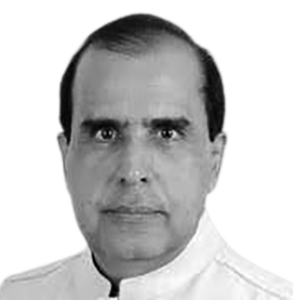
Rakesh K Chitkara has led public policy practice for major US corporations including Abbott Lab, General Electric, Dow Chemical and Monsanto.


